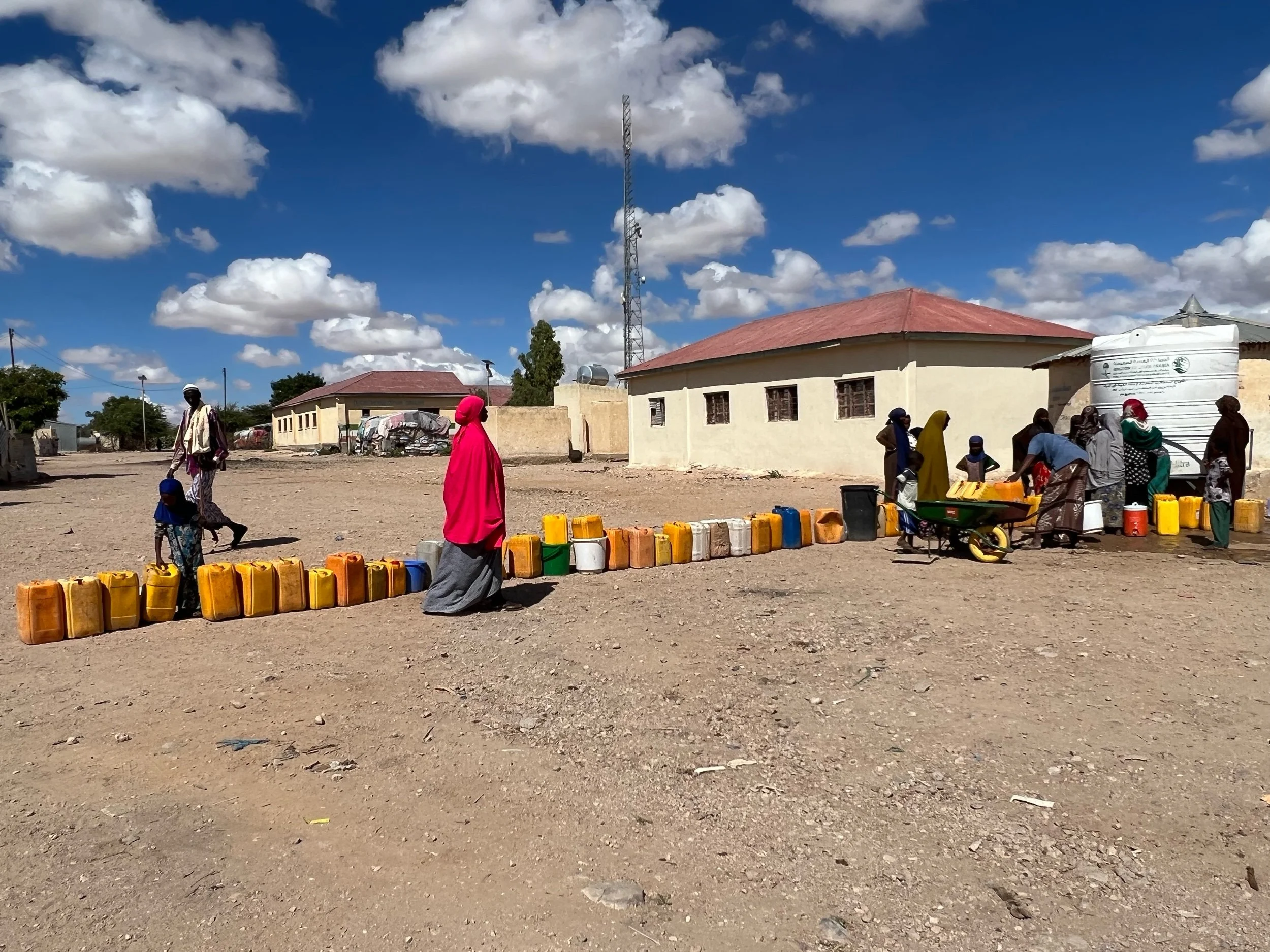Ultimately, the UN Special Rapporteur’s latest report is an urgent reminder that the time to take action on climate displacement is now. While aiming to develop a broader legal framework to protect the rights of those displaced across borders by climate change—such as enhancing existing refugee protections in the 1951 Refugee Convention, Latin American and African regional instruments like the Cartagena Declaration and OAU Convention, as well as exploring a new protocol to address cross border climate change-induced displacement — states must take immediate action to expand the provision of humanitarian visas and provide new, additional, and sustained financial support to ensure that human security is front and center in climate change response.
ICJ to Consider Countries’ Climate Change Obligations in Major Milestone
The resolution, which was adopted by consensus, seeks the opinion of the ICJ on the obligations of states, under international law, to protect other states who are unjustly impacted by the climate crisis as well as the rights of present and future generations against the adverse effects of climate change.
French Court Recognizes Country’s First Environmentally-Impacted Migrant
In confirming a Bangladeshi man’s residence permit renewal, a French appeals court has made legal history by taking into account environmental conditions in the applicant’s country of origin. In an apparent first, the Bordeaux-based court “effectively declared that the environment - air pollution - meant it was unsafe to send this man back,” according to Dr. Gary Fuller, an air pollution scientist at Imperial College London.
How Should the World Respond to Climate Migrants? Our Analysis on What this Expert Missed
How Should the World Respond to the Coming Wave of Climate Migrants?
This policy editorial mostly summarizes the state of play with respect to the plight of climate migrants and the current policy discourse based on the worst case climate migration models. The author believes the current multilateral system is adequate to meet the needs of climate displaced individuals because they will predominantly be internally displaced persons who will not need international assistance nor international protection. Following the widely used 2050 climate displacement projections, he calls for a stronger classification of ‘environmental migrants’ and their rights, who he states are neither “true refugees nor traditional migrants.” He anticipates that climate migration will not be “forced”, as he puts it, because migration is a matter of choice, which weakens any argument of the need for international protection let alone the designation of a new category of “climate refugees.” Finally, he is against expansion of current treaties for inclusion of “special refugee status” for environmental reasons, which could have unintended consequences. (World Politics Review)
Analysis
On this last point, I do agree with the author that expansion of the 1951 Refugee Convention would be counterproductive in the current climate that is generally hostile to refugees. The opinion piece does address the legal challenge that climate change falls outside the purview of protected refugee grounds under the 1951 Convention, but fails to include broader definitions contained within the 1969 OAU Convention and the 1984 Cartagena Declaration.
The legal analysis does not include the recent UN Human Rights Committee’s decision that people fleeing the effects of climate change may have a basis for seeking asylum, based on the case of an individual from Kiribati claiming to be a “climate refugee” who took his case to the human rights body on the basis that his denied asylum claim by New Zealand violated his right to life under the International Covenant on Civil and Political Rights (ICCPR). It also fails to include the recently adopted UN Global Compacts for Migration and Refugees, respectively, which discuss environmental migration and further, UNHCR’s more recent position that refugee law frameworks may apply in situations where nexus dynamics are present - that is, situations where conflict or violence are interconnected to situations linked to climate change or disaster. Albeit all these instruments are non-binding but their adoption by States do form the basis for an important way forward.
Most notably, the belief here is that climate migration is voluntary, and while there is certainly a lack of data and understanding yet on the topic, there are viable and numerous qualitative indicators to suggest that where climate migration interconnects with poverty, under-development and challenges to security, choice may not be a luxury afforded to many. Years of experience interviewing displaced persons around the world has told me that no one willingly leaves their home. There is very little choice in the matter to flee one’s home - be it for reasons of conflict, persecution or climate change, the latter reason unprotected in international refugee law. Two additional things I’ve learned: one usually is forced to leave after numerous incidents that ultimately make a situation unsafe or untenable; second, it is not uncommon for one to be displaced numerous times - sometimes first internally and if needs and protections continue to go unmet, then across borders. This is quite typical of the current global refugee crisis, and if trends continue, one we can expect with new drivers of displacement like climate change.




